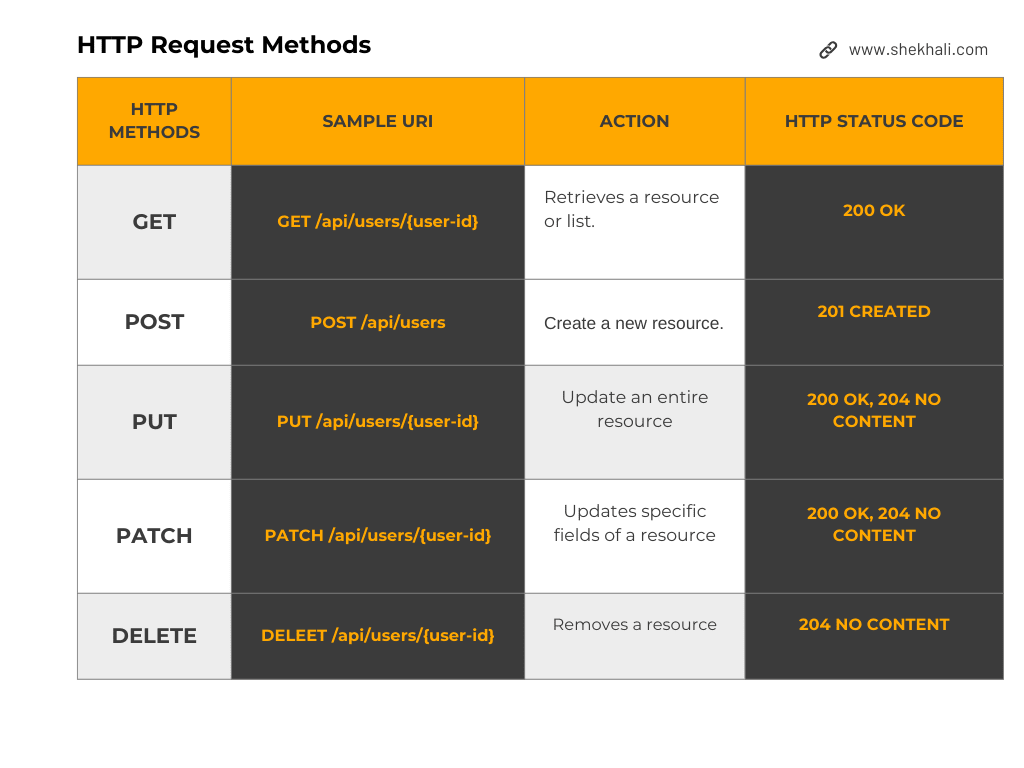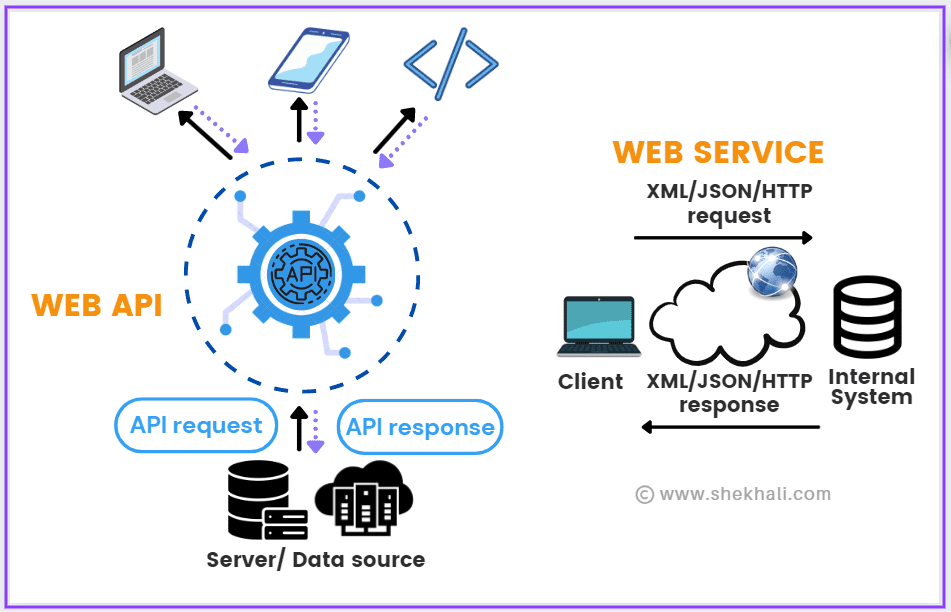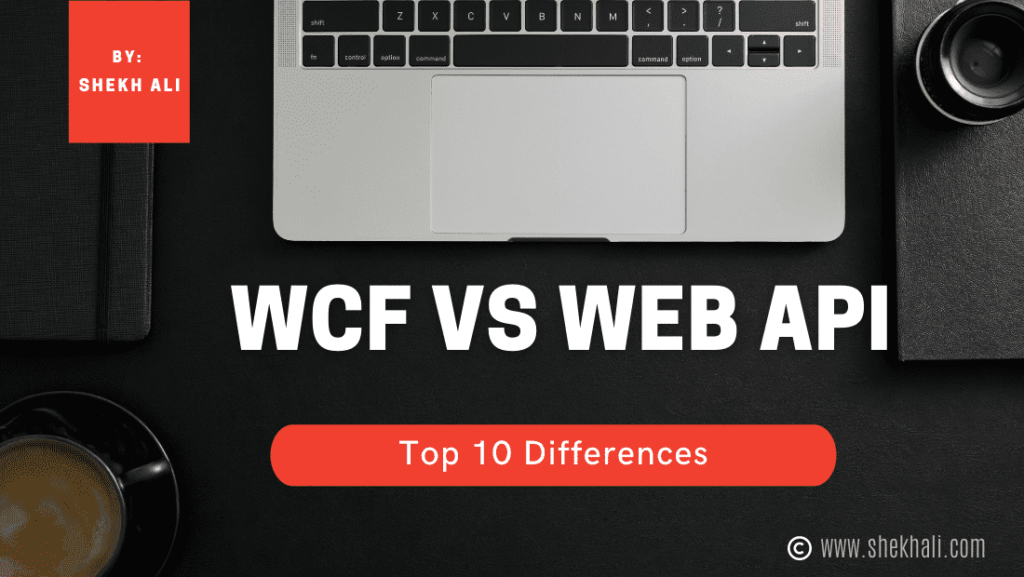Hey there, fellow developers and API enthusiasts. If you’ve ever found yourself scratching your head over understanding the difference between PUT, POST, and PATCH in RESTful API, you’re not alone.
These HTTP methods might seem similar at first glance, but they serve distinct purposes. As a software engineer who’s wrestled with these concepts in real world projects, I’m here to break it down for you with clear explanations, practical examples to bring it all to life. Let’s dive in.


